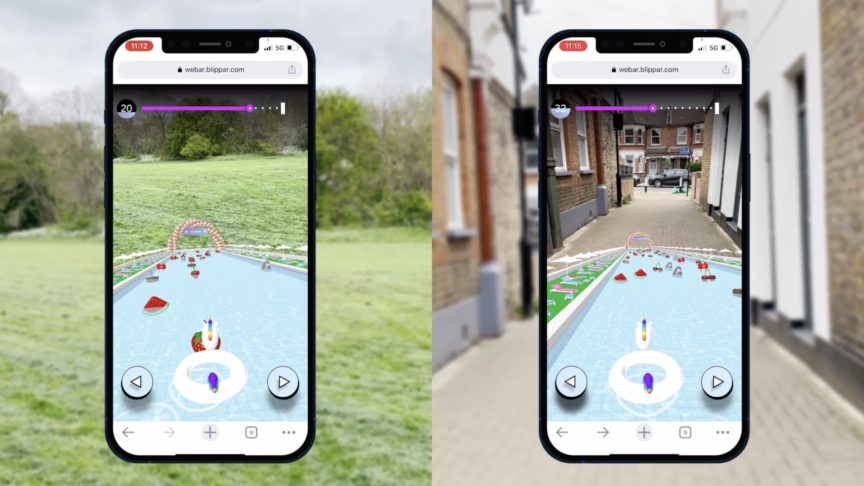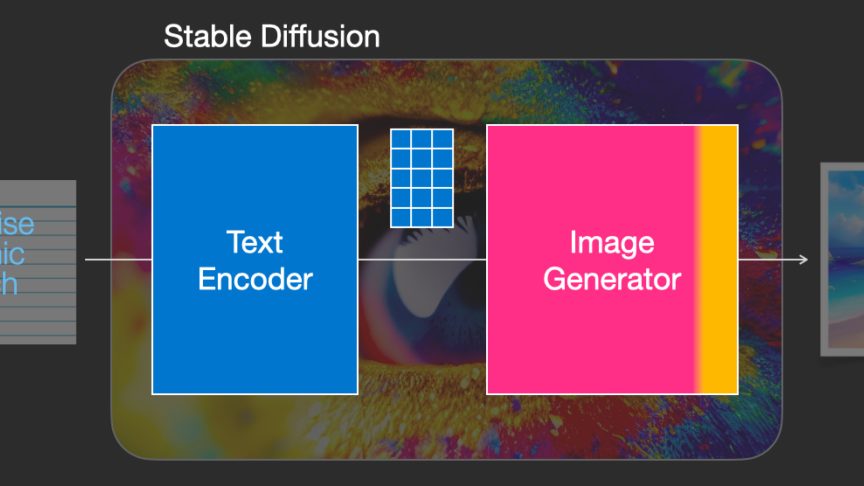AR food: 3 ways augmented reality can benefit food brands
May 23, 2017
AR food: 3 ways augmented reality can benefit food brands

Changes in how people shop and eat is putting pressure on food companies. The average consumer is increasingly wary of what they put in their body, taking note of nutritional value, ingredients and provenance. Established ‘Big Food’ labels now compete with organic and clean label foods that fulfil these modern needs. Since 2009, the top 25 US F&B companies have lost an equivalent $18bn market share because of their association with processed, artificial foods (Fortune, 2015). Meanwhile sales of organic food grew by 11% in 2015 in the US (OTA Survey, 2016). The demand for convenience has also resulted in the increased popularity of e-commerce, which has seen the market become saturated as micro-brands take up digital shelf space.
The modern shopper has raised their expectations of food companies and, in order to compete, brands need to:
- Dispel mistrust and communicate brand messages that align with customers’ changing values.
- Differentiate themselves by adding genuine value to the consumer that distinguishes them from other players.
- Build loyalty among customers who are increasingly brand promiscuous - particularly young shoppers.
Augmented reality is a key way manufacturers can maintain competitive edge and increase brand love. It enhances traditional brand touchpoints - packaging, print and POS - and transforms the product into the brand’s biggest media channel through which it can publish engaging content.
There are three distinct moments when you can meet your customers with this technology: consideration, preparation, and consumption.

1. Consideration: Inspiring & guiding choice
Since AR turns the product into a media channel, packaging can become an important advertising tool - linking people to reviews, recipes and key brand messages at any moment. It is a key way of directly communicating compelling messages to your customer. For example, with 66% of consumers willing to pay more for sustainable goods (Nielsen Report, 2016), brands should use AR to innovatively showcase their ingredients and provenance story. Vital Eggs used AR-enhanced packaging to tell more of their brand story to shoppers, using an animation to show how their hens roam freely on family-tended farms and offering an immediate incentive to buy with instantly redeemable coupons.
In the shopping moment, consumers want digestible, bite-sized content that makes the experience easier for them. Augmented reality can become a digital shopping assistant, making recipe recommendations and compiling ingredients lists. For example, in 2013, Blippar created an interactive experience with Kraft and Walmart, directing shoppers to ingredients in-store that they needed for certain recipes. As customers increasingly expect their specific dietary needs to be met (e.g. gluten-free, vegan), this is a powerful way for brands to appease and personalise for shoppers.

2. Preparation: Helping to make great meals
When people come to prepare their food, AR can help brands add value and build loyalty by providing useful content, like recipes. The popularity of snackable mobile videos is clear - Buzzfeed Tasty, the Instagram cooking account, has 10.6 million followers. With AR it is possible to attach this content directly to the product - ‘Let your food teach you to cook’.
Brands can inspire their customers, teaching them new recipes and techniques, and helping them to visualise the result. For example, Heinz and Blippar created an interactive recipe book, which customers implicitly trust as the recipes come from the perceived expert. For shoppers who value convenience, these experiences are key ways of increasing brand engagement and loyalty. Similarly, adding suggestions to buy for future recipes provides opportunities for additional sales.

3. Consumption: Maximising their enjoyment
Equipped with a deep understanding of the product, the customer, and their environment, brands can create relevant content that adds genuine value. For example, Häagen-Dazs used AR to deliver a concerto to watch for the two minutes it takes your ice cream to temper. This is an innovative way of maintaining brand engagement while demonstrating thorough understanding of the customer journey. Similarly, Lucky Charms partnered with Blippar to create gamified content that enhances the breakfast moment for customers who attach similar value to the digital game as they would to the classic toy.
This content can also drive frequency; Milo used its partnership with Blippar to demonstrate its commitment to promoting healthy habits for children through sports. However, it crucially created gamified content that was released weekly, prompting repeat engagement which then results in increasing purchase frequency.
Possibilities extend after consumption. In 2015, a year-on-year growth of 35% in homecooking was reported in the US. As people entertain and socialise more at home, AR can be a focal point in these group moments. Brands can create content, such as after-dinner games and trivia, so that they are not only present during the meal itself, but after it too.

Key Takeaways
- AR transforms the product into the most ubiquitous media channel, letting brands interact with consumers directly whenever they encounter their products.
- Food brands should produce relevant content that enhances and elevates moments that already exist in everyday lives.
- This will set them apart in a competitive landscape, with the potential to increase loyalty, frequency and engagement.
As a parting top tip, great experiences in AR would be promoted not only with strong CTA on packages, but also on broadcast TV media, becoming a powerful differentiator and penetration driver for the brand.
If you would like to explore the opportunities for your brand with Blippar, please do get in touch.
Sources



